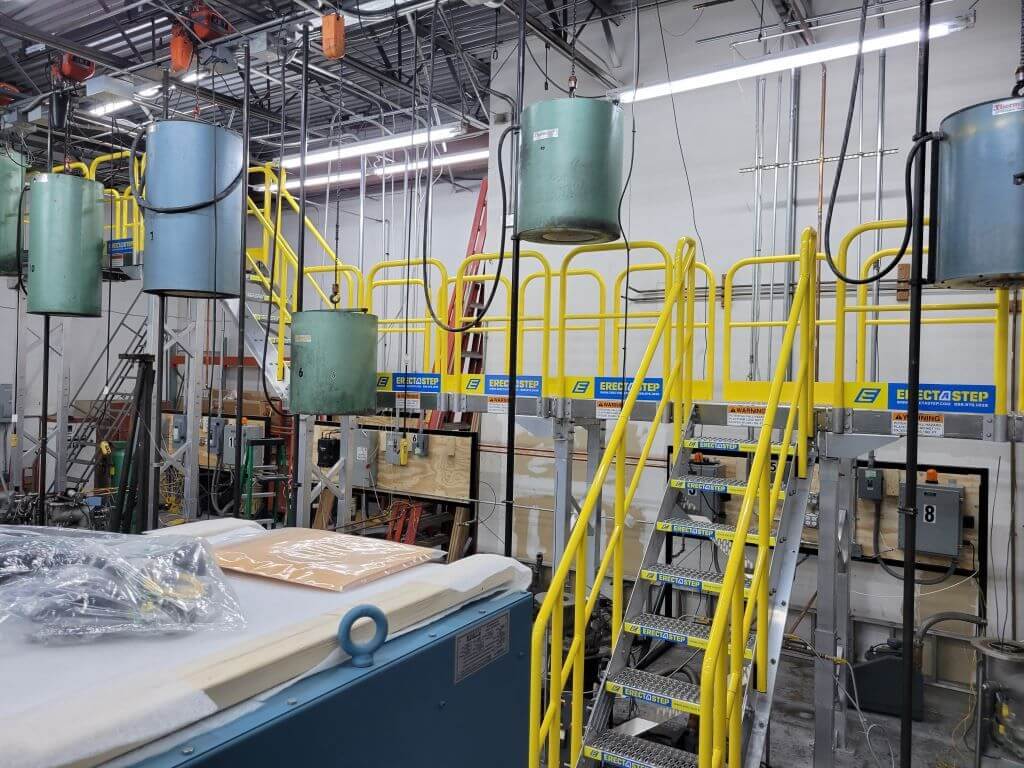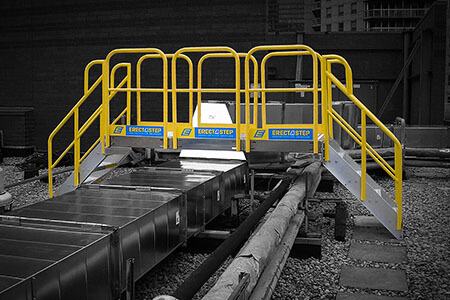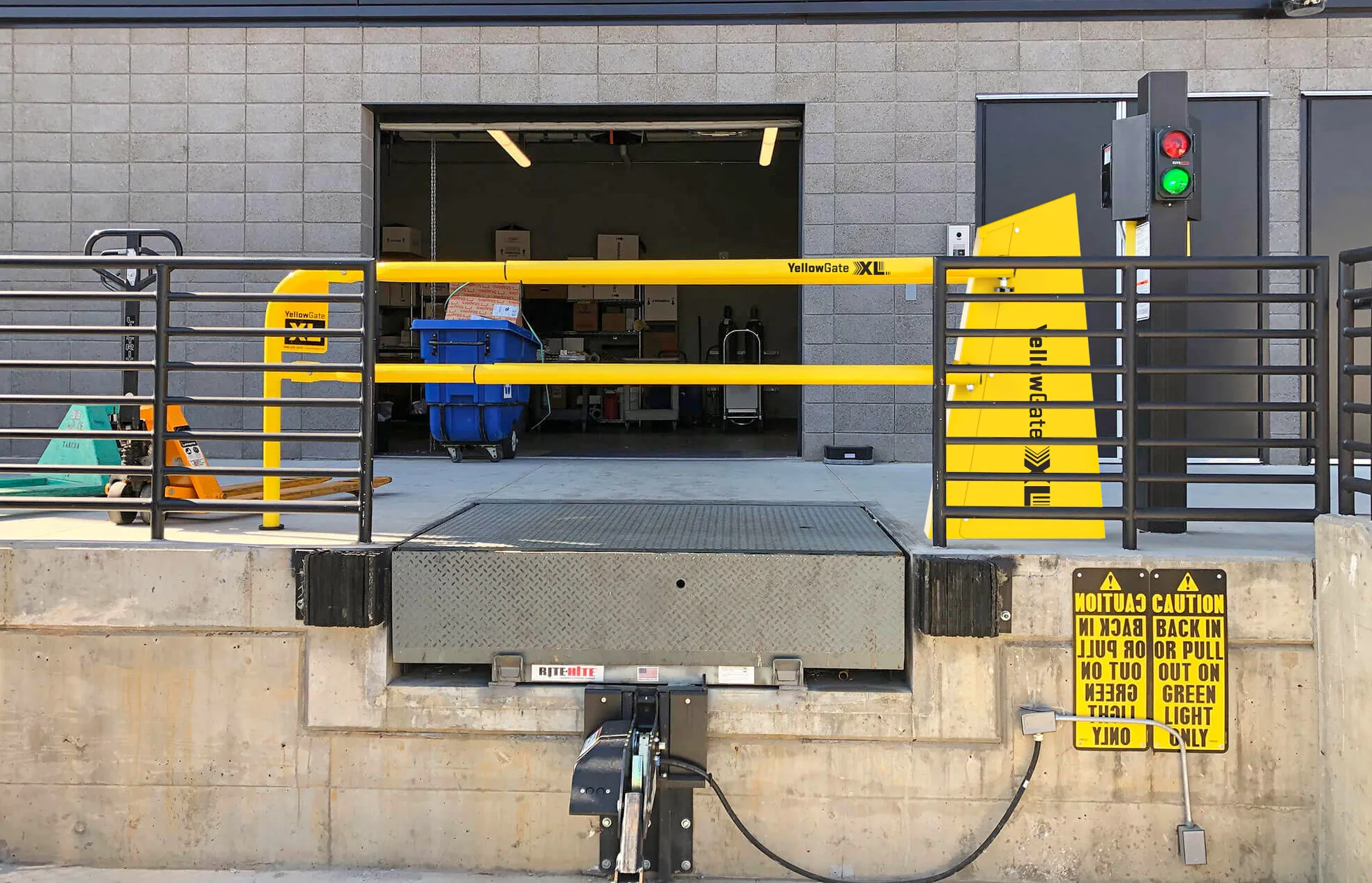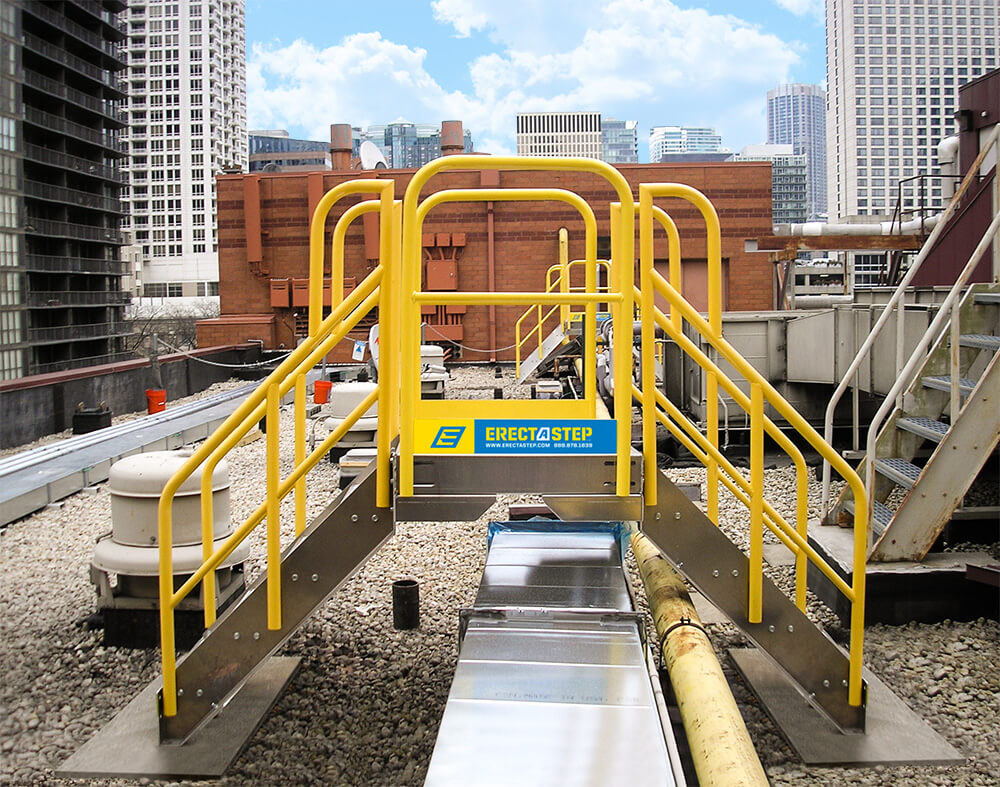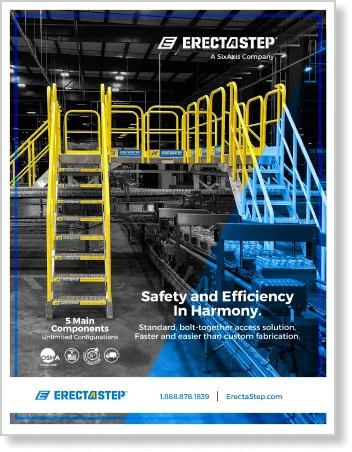The climbing side of a ladder features rungs or steps designed for ascending or descending.
Key Benefits:
- Safety: Designed to provide secure footing and handholds, reducing the risk of falls.
- Durability: Built to withstand repeated use and support significant weight.
- Convenience: Facilitates easy and safe movement up and down the ladder.
Applications:
- Use in household ladders for tasks such as painting, cleaning, and accessing high storage areas.
- Use in offices, retail outlets, and public areas for cleaning and other uses.
- To prevent accidents when accessing those higher areas while they are under construction or in construction warehouses and related institutions.
The climbing side provides secure footing and handholds, ensuring safe and stable movement up and down the ladder.
OSHA Compliance for Climbing Sides
The Occupational Safety and Health Administration (OSHA) has guidelines to ensure the safety of ladder use, particularly the climbing side. Key points include:
- Load Capacity: Ladders must support the maximum intended load, including the weight of the user and any tools or materials.
- Rung Spacing: Evenly space and design rungs or steps to prevent slipping.
- Regular Inspections: Ladders should be inspected regularly to ensure they remain in good condition and free from defects.


